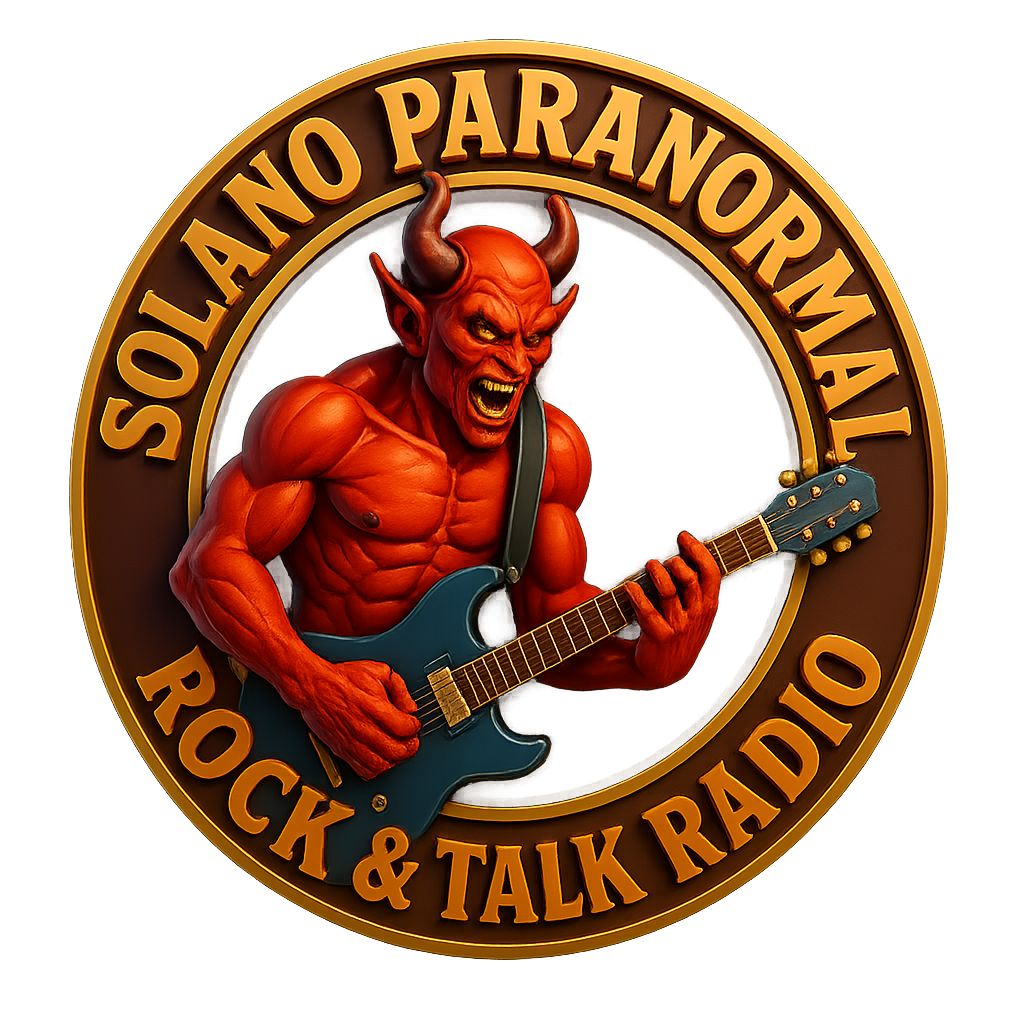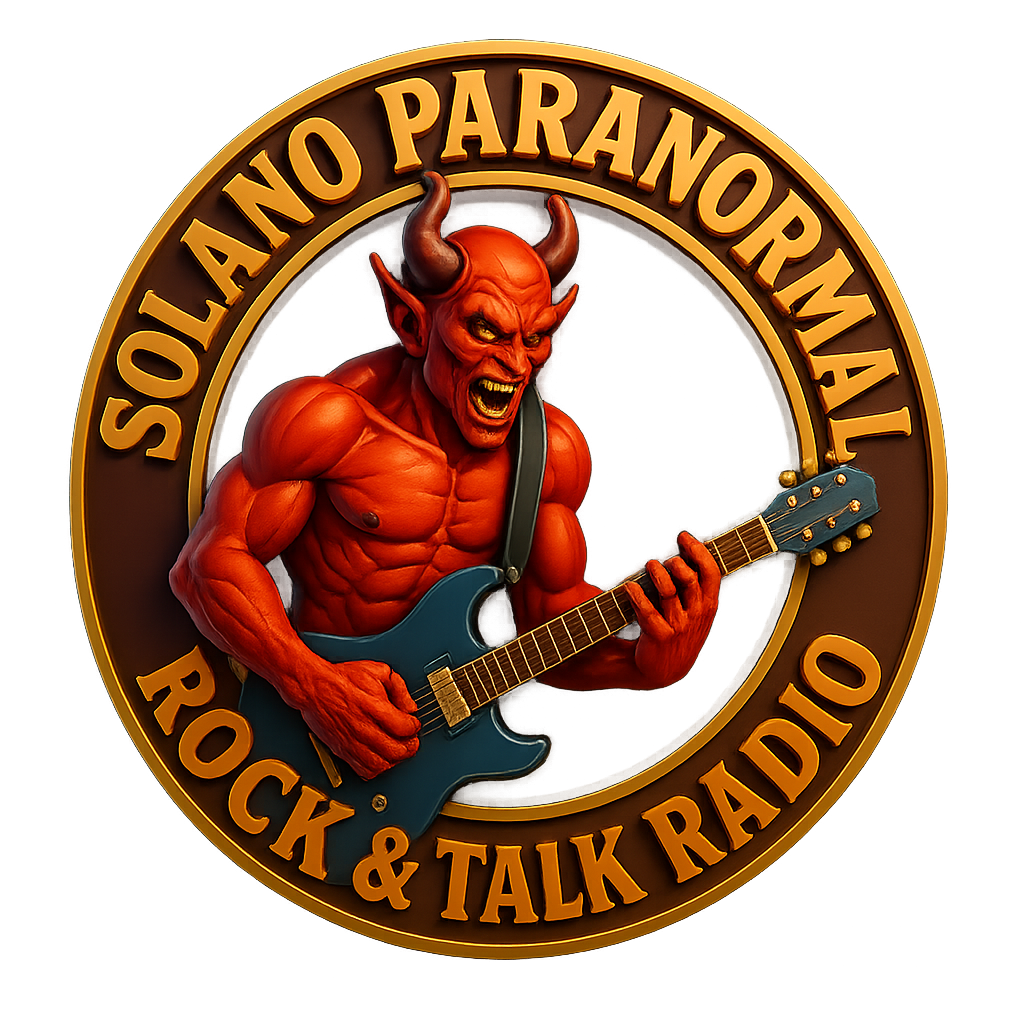
🎙️ The Ultimate Guide to Running a Successful Online Radio Station (for Small Operations)
Introduction: So, You Want to Run an Online Radio Station?
Starting an online radio station today is easier than ever — but running one successfully takes more than just streaming music or chatting on a mic. Whether you’re a hobbyist, a local DJ wanting to share your sound with the world, or a small team hoping to build a loyal listener base, it all comes down to strong habits, good systems, and consistent energy.
This guide walks you through the best operating practices for small-scale online stations. You’ll learn everything from setting up your gear and managing content to engaging your audience, staying compliant, and keeping your broadcast running smoothly 24/7. Think of this as your friendly roadmap from “idea” to “awesome online station.”
1. Laying the Groundwork: Your Station’s Foundation
Before you ever hit that “go live” button, take a little time to set yourself up right. It’ll save you endless headaches later.
Choose the Right Streaming Platform
For small stations, you’ll want something easy to use, affordable, and reliable. The big names are:
Shoutcast – the OG of online radio. Great for plug-and-play setups.
Icecast – open-source and customizable, perfect for tech-savvy users.
Radio.co – all-in-one solution with automation, scheduling, and analytics.
Live365 – includes licensing, so you don’t have to manage music rights separately.
Look for:
Consistent uptime (99.9% is the standard)
Simple dashboard controls
Built-in support for AutoDJ or scheduling
Analytics for listener data
If you’re just starting, Radio.co or Live365 make things very simple. Later, you can graduate to more technical setups like Icecast when you want more control.
Legal Stuff: Don’t Skip This
Even if your station is small, you need to handle music licensing. This ensures that artists and rights holders get paid for the songs you broadcast.
In the U.S., you’ll deal with:
SoundExchange for digital performance royalties
BMI, ASCAP, and SESAC for composition royalties
In the U.K., that’s PPL and PRS for Music.
Many streaming hosts (like Live365) cover these fees for you. If not, you’ll need to register directly. Trust me — it’s better than getting hit with a cease-and-desist later.
Gear and Tech Setup
You don’t need a pro studio, but aim for clear, consistent audio.
Here’s a minimalist starter setup:
Microphone: Audio-Technica AT2020 or Samson Q2U
Audio Interface: Focusrite Scarlett Solo or Behringer UMC22
Headphones: Closed-back studio monitors (Audio-Technica M40x or Sony MDR-7506)
Software: Mixxx (free), RadioDJ, or StationPlaylist Studio
Pro tip: Spend more on your mic than your mixer — your voice is what your listeners connect with most.
2. Crafting Your Identity: Build a Brand That Sticks
Your station isn’t just about the music — it’s about personality and community.
Listeners don’t just tune in for songs; they tune in for you.
Find Your Niche
If you’re broadcasting “a bit of everything,” it’s hard to stand out. Find a niche that excites you and your target audience. Examples:
Underground indie rock
Paranormal talk shows
Local news and unsigned artists
Throwback 90s hip-hop
Relaxation and ambient soundscapes
The tighter your niche, the easier it is to build a loyal following.
Create a Memorable Brand
Think beyond a name. You’re building a sound identity.
Create:
A logo that’s clean and recognizable
A consistent color palette and visual style for your site and socials
Station imaging — intros, jingles, transitions — that match your vibe
You can get affordable jingles and station IDs made on Fiverr or through community voice talents.
Define Your Station’s Mission
This might sound formal, but it helps keep your content consistent.
Ask:
What’s your station’s purpose?
Who do you serve?
What kind of vibe do you want every show to have?
Write it down — even one sentence is enough. It’ll guide all your future choices.
3. Programming Like a Pro
You don’t need to be a big-time programmer to make your schedule work like clockwork.
Build a Consistent Schedule
Listeners love routine. If your show is every Friday at 7 PM, keep it there.
A solid weekly or daily structure might include:
Morning shows – upbeat, conversational, and music-heavy
Afternoon blocks – community updates or talk shows
Evening slots – specialty genres, interviews, or live sessions
Use automation tools to fill gaps with curated playlists.
Tools like ZaraRadio, RadioDJ, and StationPlaylist can rotate music and pre-recorded promos so your station never goes silent.
Balance Live and Automated Content
Live shows add authenticity — they make your listeners feel like part of a moment. But automated content keeps things flowing when you’re off the air. The best small stations blend both:
Live shows for engagement
AutoDJ for consistency
Pre-recorded segments for variety
Plan Playlists Thoughtfully
Nothing drives listeners away faster than bad flow.
When curating:
Match energy and tempo
Avoid repeating tracks too often
Mix in some lesser-known artists
Keep transitions smooth
Tools like MegaSeg or Mixxx help manage crossfades and transitions seamlessly.
4. Sound Quality and Production Value
This is where good stations become great.
Mind Your Levels
Use software like Auphonic, Adobe Audition, or Audacity to normalize your audio to around -14 LUFS.
Keep your mic and music at similar levels so you don’t blast people’s ears when switching segments.
Compression and EQ Basics
Compression evens out your voice levels
EQ removes muddiness and enhances clarity
A simple EQ setup:
Cut a bit around 200–400 Hz (reduces boominess)
Boost around 3–5 kHz (adds presence)
Clean Up Your Audio Chain
If you’re broadcasting from home:
Record in a quiet, carpeted room
Use a pop filter
Add light acoustic treatment (foam or curtains)
You don’t need to spend hundreds — just aim for clean, warm sound.
5. Managing People and Roles
Even small stations need some structure.
Define Responsibilities
If you have a few DJs or volunteers, assign clear roles:
Station Manager – oversees operations and scheduling
Music Director – curates playlists and handles licensing
Host/On-Air Talent – runs shows and interacts with the audience
Social Media Manager – posts updates, engages listeners
It doesn’t have to be formal — just make sure everyone knows their part.
Hold Quick Weekly Meetings
Even a 15-minute call can keep everyone aligned. Discuss:
What’s working
What’s not
Any listener feedback
Upcoming promotions or shows
Create a Shared Calendar
Use Google Calendar or Trello to organize shifts, show times, and deadlines.
This avoids double-booking and keeps your programming tight.
6. Building and Engaging Your Audience
You can have the best content in the world, but it means nothing if no one hears it.
Start with Your Inner Circle
Invite friends, family, and online communities to tune in and share.
Ask them for honest feedback — what they love and what’s confusing.
Use Social Media Smartly
Focus on 1–2 platforms where your audience already hangs out.
Examples:
Instagram for visuals and behind-the-scenes
Twitter (X) for updates and polls
TikTok for fun clips or teasers
Discord or Facebook groups for deeper community
Post snippets of your shows, DJ moments, or shoutouts.
Engage, don’t just broadcast — ask questions, feature listener comments, and run small contests.
Encourage Interaction
Listeners love being part of the show. Try:
Live chats or call-ins
Song requests via social media
Shoutouts during shows
“Listener of the Week” features
That personal touch is what makes small stations magnetic.
7. Marketing and Monetization
Once you’ve built some traction, it’s time to grow sustainably.
Promote Your Station Like a Brand
You’re not “just a hobby radio station.” You’re a content brand.
Treat it that way with consistent promotion:
Press releases to local media
Guest appearances on other podcasts or streams
Collaborations with musicians or small businesses
Create a simple website with:
A “Listen Live” button
Schedule and show info
Embedded player and chat
Contact form for sponsors
Monetization Options for Small Stations
You don’t need massive traffic to earn revenue. Try:
Sponsorships – local businesses love niche audiences
Affiliate marketing – promote gear or products you use
Crowdfunding – Patreon or Ko-fi for loyal listeners
Merch – branded shirts, mugs, or stickers
Events – host small virtual gigs or fundraisers
Start small, stay authentic, and grow gradually.
8. Technical Maintenance and Security
Nothing kills a vibe faster than dead air.
Keep Your Stream Stable
Monitor your server uptime with tools like UptimeRobot
Always have a backup playlist in your automation software
Test your connection regularly
Backups Are Your Friend
Keep a copy of your music library and show recordings on an external drive or cloud storage.
You’ll thank yourself later when your hard drive inevitably fails.
Cybersecurity Basics
Even small stations are targets for spam and bots.
Use strong passwords
Enable two-factor authentication
Regularly update software and plugins
If you run a website, install SSL (https) and keep your CMS (like WordPress) updated.
9. Compliance and Ethics
Being small doesn’t mean you can ignore responsibility.
Respect Copyright and Licensing
Never stream music you haven’t cleared.
Even using copyrighted background music in talk segments can get you flagged.
Stick to:
Licensed streaming platforms
Royalty-free libraries (e.g., Epidemic Sound, Artlist)
Independent artists who’ve given permission
Follow Broadcasting Ethics
Be fair, respectful, and transparent.
Don’t spread misinformation or engage in hate speech.
Establish a simple code of conduct for your hosts — what’s acceptable and what’s not.
Inclusivity and Representation
Diversity in your shows, hosts, and playlists builds a better station and community.
Highlight underrepresented voices and use your platform responsibly.
10. Staying Future-Proof: The Next Wave of Online Radio
The online radio world is evolving fast — stay ahead of the curve.
Embrace Hybrid Formats
Podcasting and online radio are blending together.
Record your live shows and upload them as podcasts on Spotify or Apple Podcasts.
This gives you double exposure and helps you reach people who can’t listen live.
Smart Speakers and Apps
Make your station available on:
TuneIn Radio
Alexa Skills
Google Assistant
Mobile apps like myTuner
The easier it is to access, the more listeners you’ll retain.
AI and Automation Tools
AI can help with:
Auto-generating playlists based on listener data
Auto-scheduling segments
Even creating voiceovers (though use them sparingly — human hosts still matter most)
Conclusion: Keep It Real, Keep It Consistent
Running an online radio station isn’t about fancy studios or massive followings — it’s about consistency, connection, and creativity.
The best stations, big or small, succeed because they:
Deliver quality content regularly
Engage listeners personally
Respect their audience and the music they play
Start small. Learn as you go. Stay true to your station’s identity.
If you keep showing up, your listeners will too.
And remember: even if you’re broadcasting from your bedroom, your voice can reach the world. 🌍🎧



.thumb.png.89cddfdf60766ff0ffc015a8e3b50f35.png)
There's nothing here yet